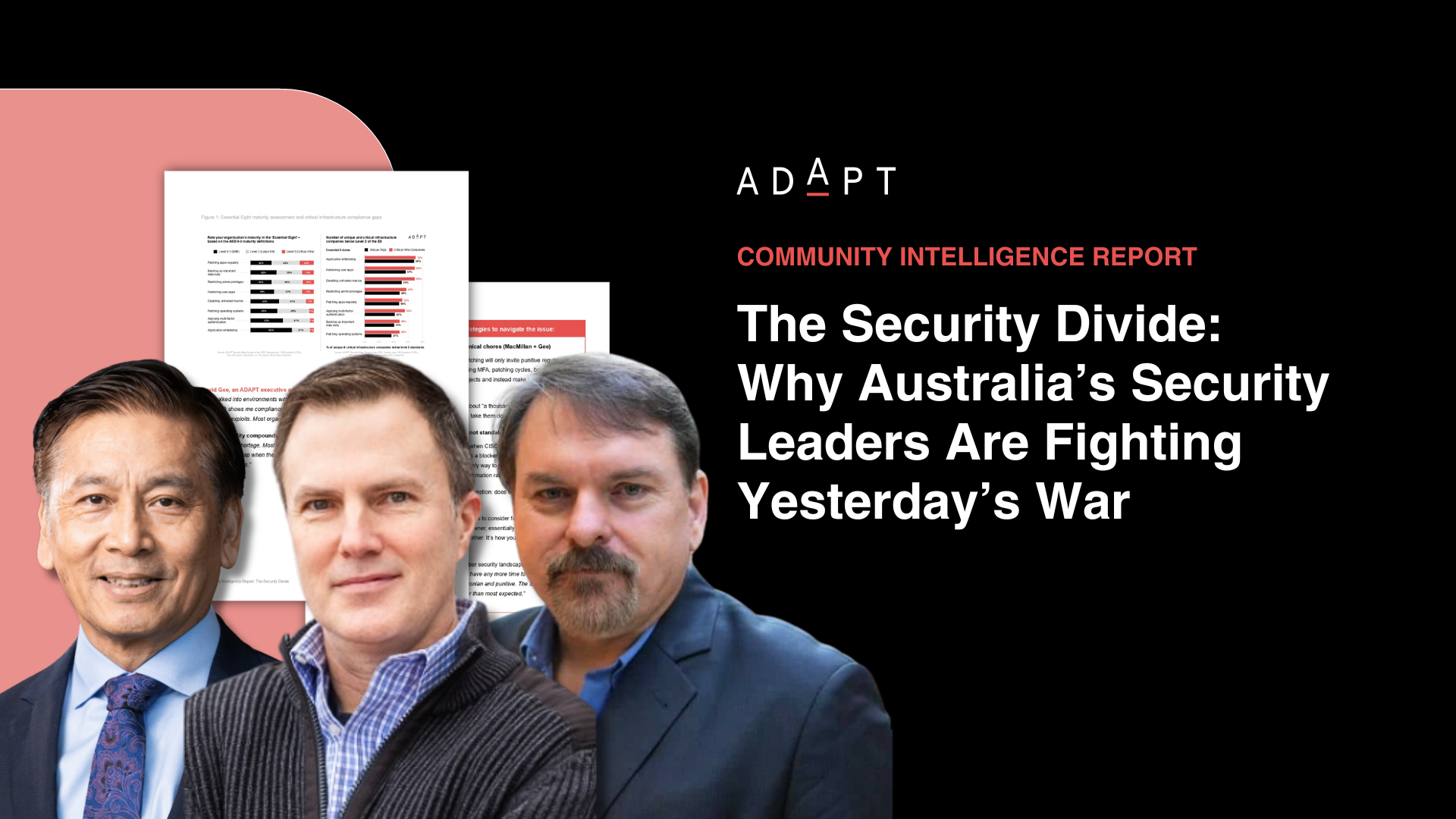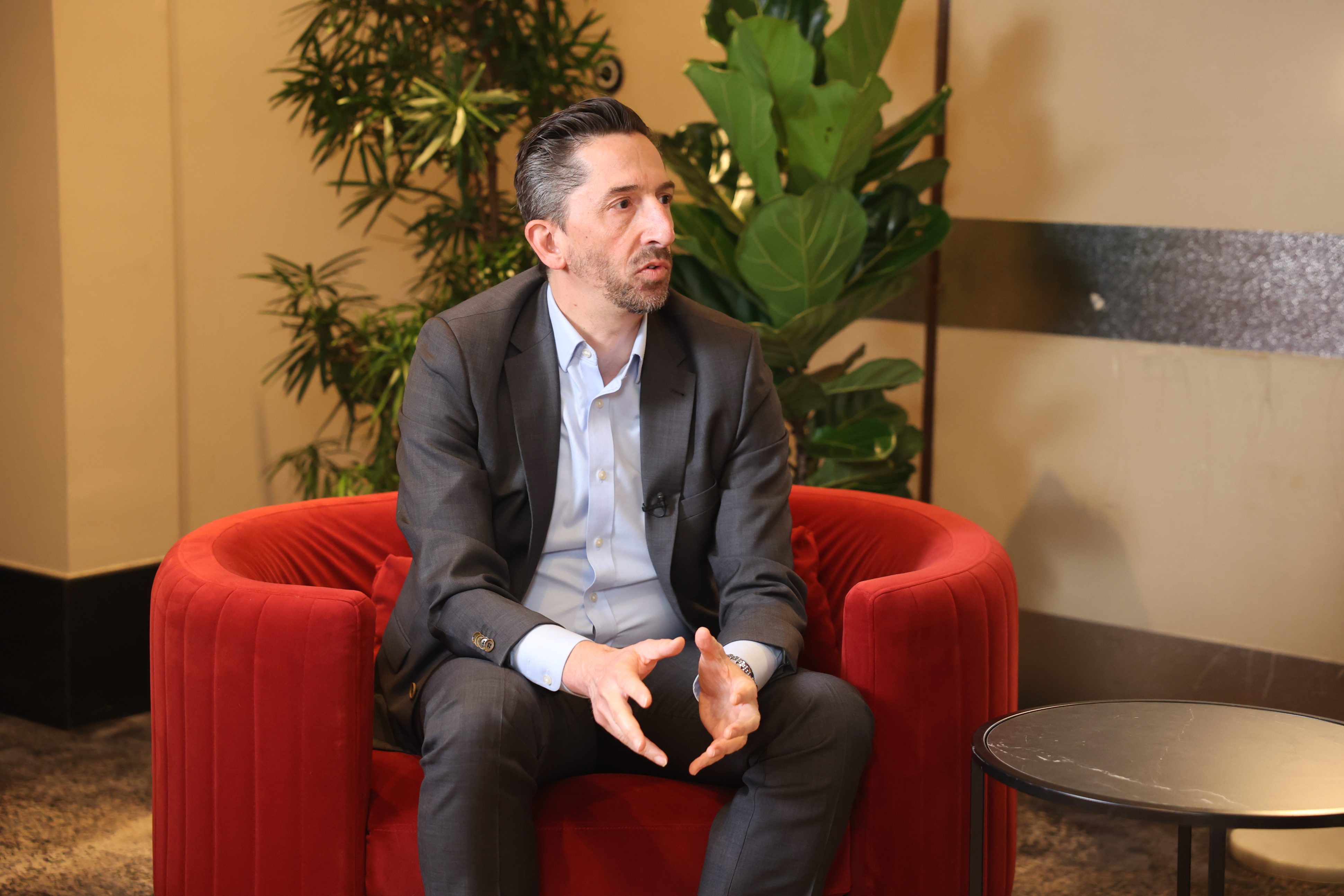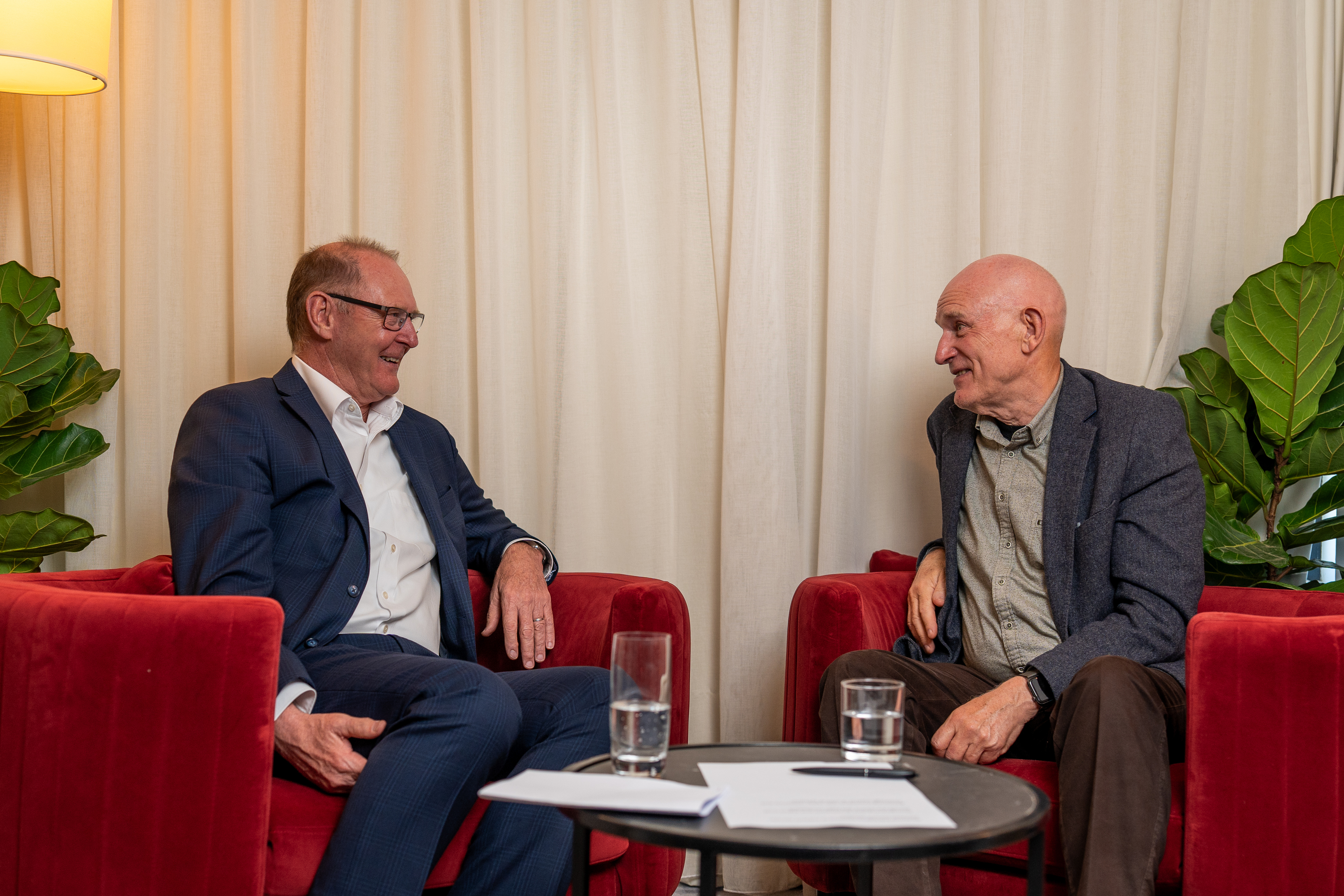In this keynote presentation, Tom Kenyon, Executive Director at Internet 2.0, discusses a strategic approach to ransomware threats, likening it to counter-insurgency tactics.
He emphasises the importance of targeting key code writers in the battle against ransomware.
Tom delves into collaborative efforts with intelligence agencies and the creation of specialised software to identify and focus on these crucial individuals.
Moreover, he sheds light on the complexities of cyber warfare, particularly the difficulties in coordinating attacks on a wide scale.
Tom stresses the significance of comprehending geopolitics in the realm of cyber security. He underscores the need to recognise state-sponsored cyber threats and the potential lack of cooperation from state actors for legal actions.
Additionally, he discusses the partnership between Ukrainian ransomware groups and the government, highlighting the necessity for cyber security experts to integrate geopolitical understanding into defence strategies for optimal outcomes in Australia.
The main emphasis should be to swiftly mobilise adept professionals during cyber threats. This vision involves establishing an efficient system to identify and organise a cyber task force.
Additionally, there is an urgent need to set up a centralised monitoring system, akin to a dashboard, to seamlessly integrate cyber skills within the national defence strategy.
Improving education in mathematics and sciences to nurture a talent pool in the field of cyber security should be a priority. Training and leveraging individuals with a military background also aligns well with the demands of cyber warfare.
Furthermore, there is a strong push for advancing sovereign capabilities in cyber security by encouraging the development of local products and supporting indigenous software companies.
The Australian government’s strategy to construct cyber shields is a positive step forward, especially in safeguarding critical infrastructure and cultivating a resilient cyber region.
This is achievable through a concentrated effort and a willingness to collaborate on a global scale.
However, a stronger focus on supporting local tech development and rigorous testing to bolster sovereign capabilities is essential.
Key Takeaways:
- Establish a rapid-response structure akin to military reserves for assembling a cyber army swiftly. Create a centralised monitoring system (dashboard) and seamless integration of cyber skills within the national defence strategy.
- Improve education in mathematics and sciences to cultivate a cyber security talent pool and leverage individuals with military backgrounds due to their alignment with cyber warfare demands.
- Advance sovereign cyber security capabilities by supporting local product development and indigenous software companies.






























